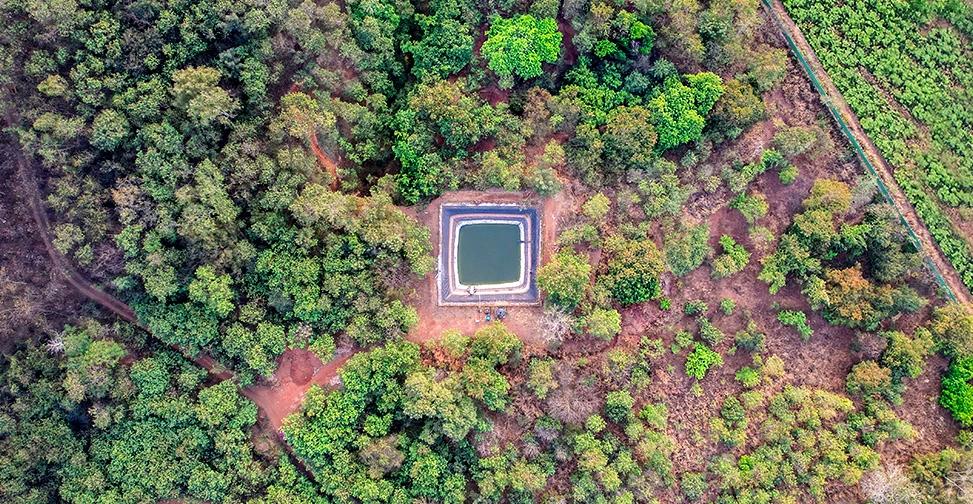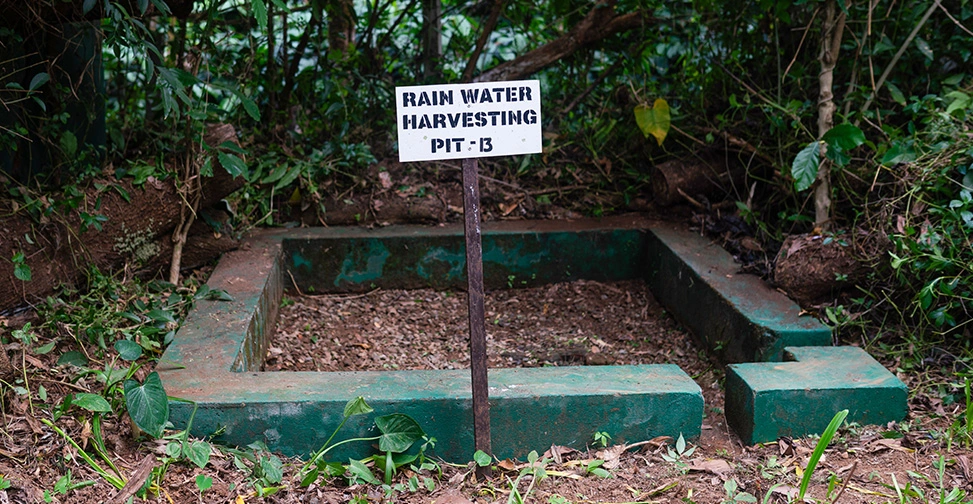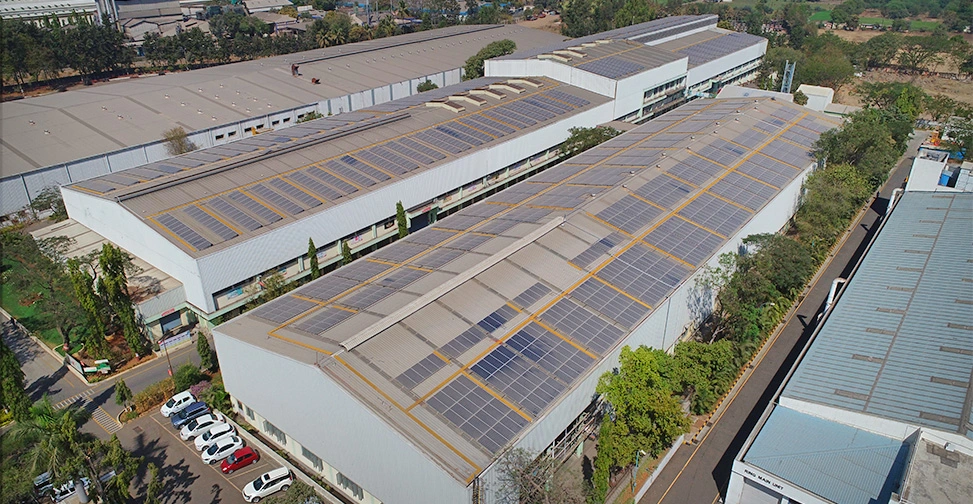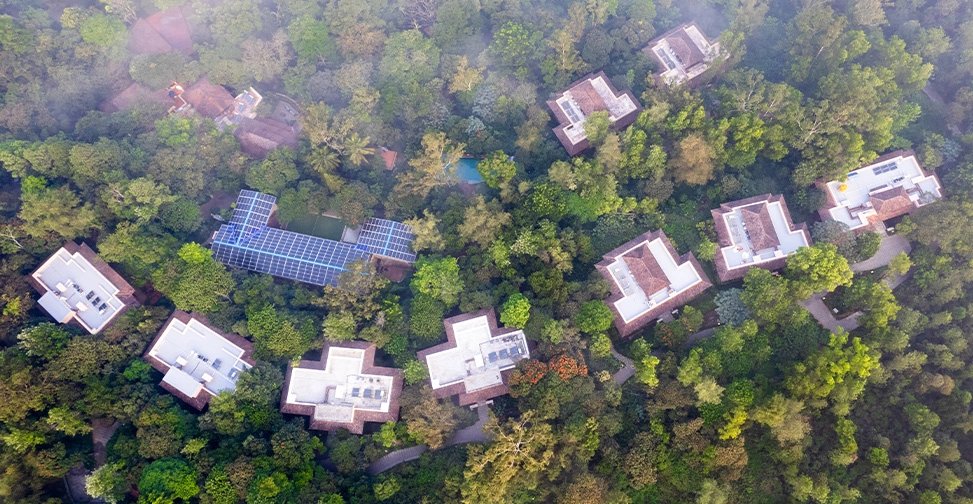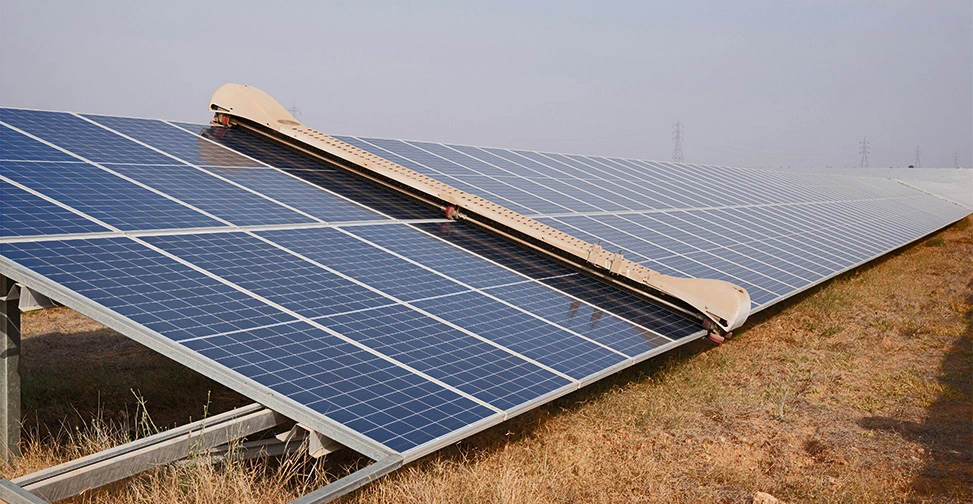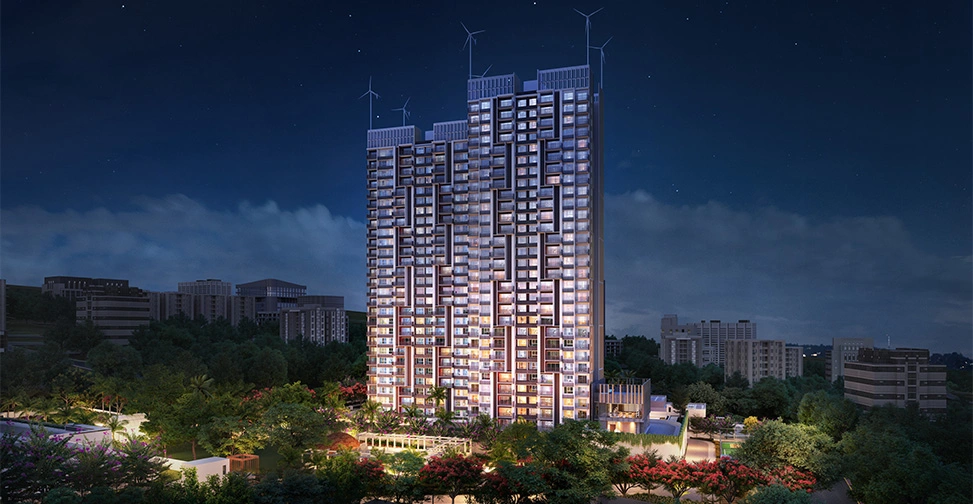Mahindra has been water-positive at the Group level since 2014
Mahindra has been water-positive at the Group level since 2014
Executive Summary
The United Nations has predicted that there will be a 40% shortfall in freshwater resources by 2030. So, the United Nations has declared SDG 6 to ensure universal and fair access to safe and affordable potable water for all by 2030. Aligned with this goal, Mahindra Group has been water-positive since 2014 by returning more water to the earth than we consume. Mahindra has adopted a Planet Positive approach by implementing comprehensive water conservation and wastewater treatment. Water rejuvenation is a critical concern; therefore, we go beyond Water conservation and Wastewater treatment to water recharge. This blog articulates the significant accomplishments of various Mahindra Group businesses striving to maintain a Net Zero on water at a group level.
Mahindra is Water Positive at Group level since 2014
Key Accomplishments
Mahindra and Mahindra (Auto and Farm Sector)
-
More than 40% of freshwater withdrawn was recycled and reused in F23.
-
Water recharge increased from 0.85 million m³ in F22 to 1.42 million m³ in F23.
-
There was a more than 10% reduction in specific water withdrawal in the Auto Sector in F23 compared to F22. There was a 9% reduction in specific water withdrawal in the Farm Equipment Sector in F23 compared to F22.
-
The installation of the Electro Deposition Reverse Osmosis (EDRO) Water Recovery System has resulted in significant benefits, including a reduction in fresh corporation water by 22% and overall cost savings of INR 1.48 million per annum.
-
M&M's first electric SUV, XUV4OO, is produced using only renewable energy and in a 100% water-positive facility in Nashik, Maharashtra.
-
Two manufacturing facilities have gone 200+ days without drawing water from external sources.
-
Mahindra and Mahindra significantly increased the water table in the Zaheerabad region from 450 ft to 60 ft. by creating and enhancing water structures
Club Mahindra
-
Six Club Mahindra resorts are water secure. The Madikeri resort was the first in India to achieve a Triple “0” rating for Net Zero Energy, Net Zero Water, and Net Zero Waste.
Mahindra Finance
-
Mahindra Finance has undertaken a watershed development program to improve farmers' livelihoods. This initiative by Mahindra Home Finance enhances the livelihood of farmers in drought-prone areas by building and improving watershed structures. New watershed structures and renovation of existing ones increase the groundwater level. The project in FY23 impacted a total of 459 beneficiaries.
Tech M
-
Tech M recycled and reused more than 200 million L. 3.06 million L of groundwater level recharged through rainwater harvesting plants in FY 2022-23. Reduction in per capita consumption of freshwater kL per employee reduced from 13.73 to 4.82. ~22,600 kL water saved through flow aerators reduced to minimize water consumption.
Mahindra Susten
-
Mahindra Susten achieved savings of ~67 Mn L of water/year with dry cleaning robot technology. Currently, 63% of our portfolio uses these robots, and the annual savings in water are equivalent to the basic water needs of fifty thousand people throughout the year. Mahindra Susten achieved the prestigious Water Positive certificate for its 100% operating portfolio for the assessment year FY23. As per TUV India’s evaluation, the company’s +1.5 GWp of renewable energy portfolio commands a score of 15 (Positive) on the Water Footprint Index, implying that water recharged is fifteen times more than what was consumed.
Mahindra Lifespaces
-
Mahindra Lifespaces saved 7.5 lakh+ m³ water during FY23. Mahindra Eden achieved a 76% reduction in demand from the external water supply. Rainwater harvesting, STP-treated water for flushing and irrigation, water groundwater recharge, conservation, and recharge of natural water features were some of the prominent initiatives that contributed to the reduction in the external water supply. Mahindra Eden is India’s only real estate with an A ranking by CD in Climate Change & Water Security (F22).
Conclusion
While we have been water-positive at a group level since 2014, we continue our efforts to reduce net freshwater consumption by 5% year-on-year for the next three years at Mahindra and Mahindra (Auto and Farm sectors). Our water security goal is based on our sustainability roadmap and aligned with UNSDG 6.



.png)

.png)

.png)
